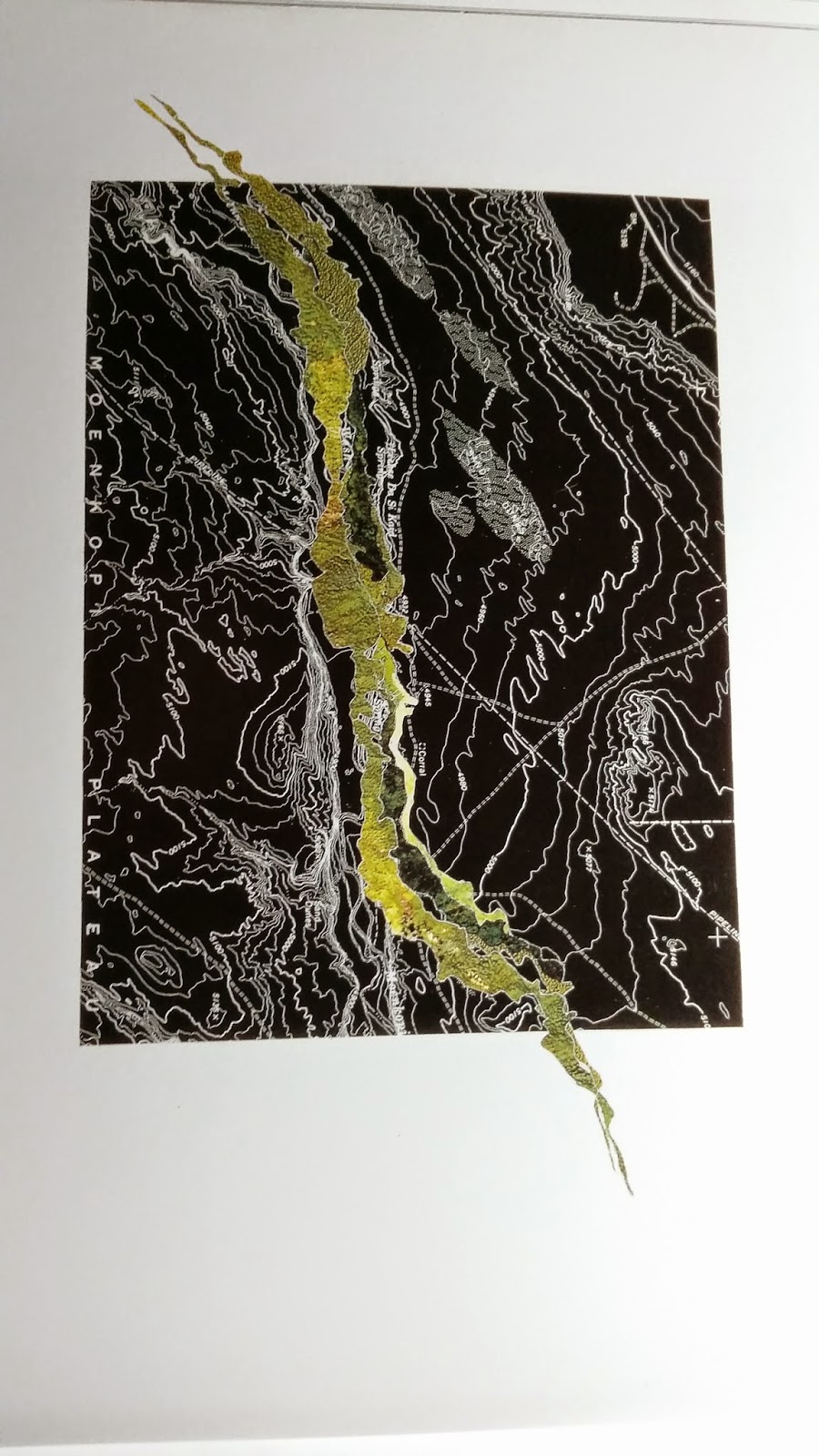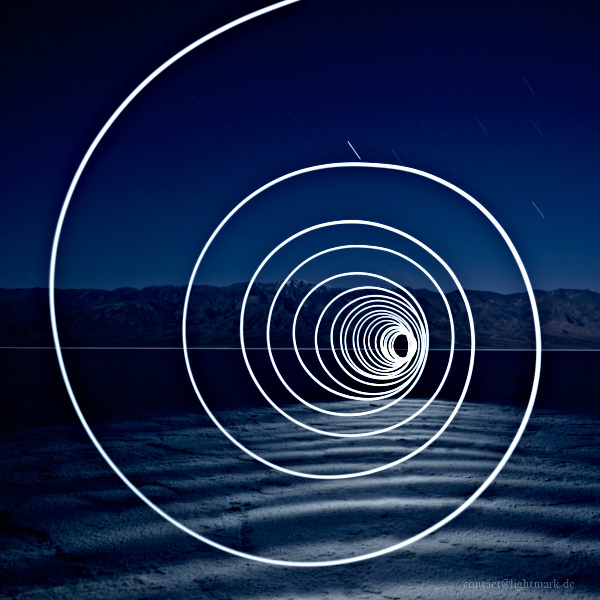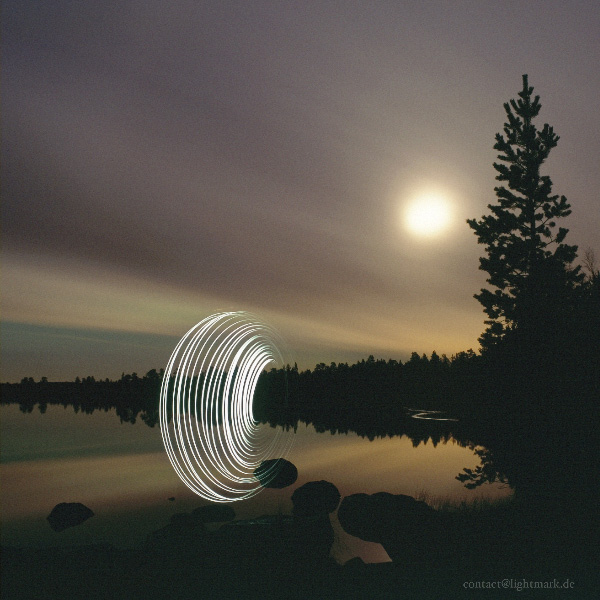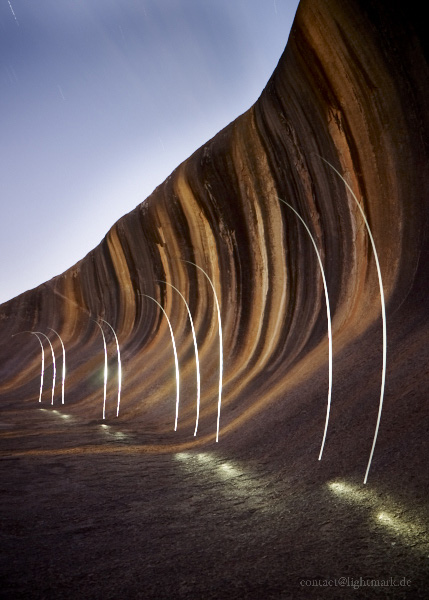Defying the
Constraints of Repression: Performing Women Artists in East Germany, the
title of a lecture by Angelika Richter, presented at the “Reassessing East
German Art” conference at Iowa State University, in Ames, Iowa. The focus of
the lecture brings to light female artists in the late 1970’s and 80’s,
describing some of the work being done at this time and how it if not predated,
coincided with other subcultures of the time. Though East Germany had progressive
ideals for women legally, there remained the cultural schism between male and
female artists, where the later struggled to make their presence known. Much of the work through the female
subculture was time based and a mixture of media as well as performance art--embracing
the tactile and physical acts of creating. Expressing painting through
performance, female artists were analyzing their bodies in a way that undermined
current art constructs. Working in collectives and as collaborating artists,
groups of women were able to take attention under one name, rather than their
own. These groups began to live together, giving performances for no audience,
and focused on femininity in a gender determined society, leaving the
occasional super 8 film, or pictures of the event as evidence.
What I
found fascinating about this lecture was how the artists discussed focused on their
creation and experience of being a woman at this time and were able to detach
from the slanted male centric artist community. How they chose to represent
their bodies through creation was not meant as an antiestablishment but rather
a questioning with uncertainty of what direction would result. The works from
this time can easily be interpreted as feminist art when in reality it was
proto-feminine, detached from the various movements of second wave feminism; it
truly was about creating art, how they make the art over what or where the
works goes. Because of this pure focus on the art and its creation, the end
results were often over when the performance of the artist was over, leaving
the byproduct of creation just that, an artifact. Without recording or
documenting these performances there are but stories of some of these
events—something you would be hard pressed to find today. It is unfortunate the
lack of ability to access these performance experiences today but I believe
that is one of the points of their existence at all, or at least the results of
pure creation.












